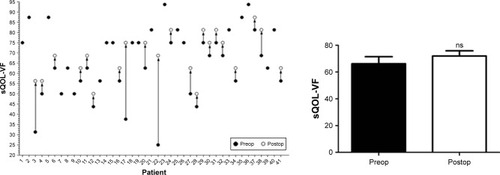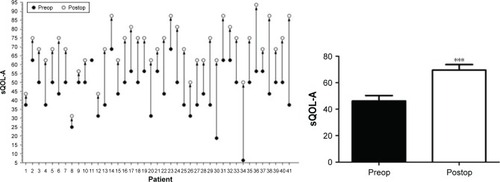Figures & data
Figure 1 Decompression of lateral wall.
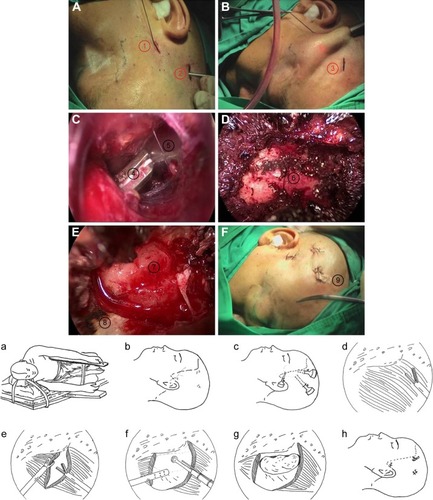
Figure 2 CT method used to assess the degree of proptosis.
Abbreviation: CT, computed tomography.
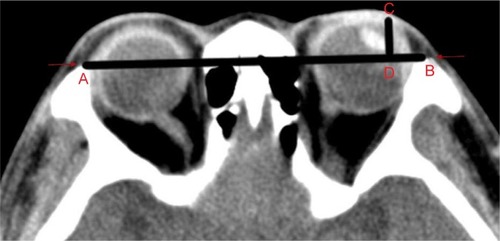
Figure 3 Postoperative stereogram of bone.
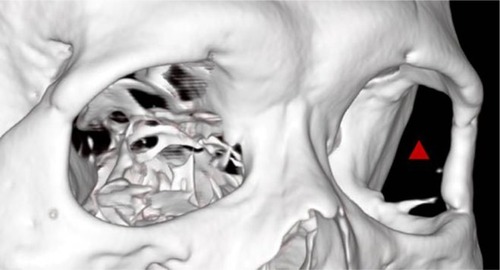
Table 1 The clinical data of surgery patients
Figure 4 Postoperative appearance of patients.

Figure 5 Reduction of proptosis obtained in 41 operations.
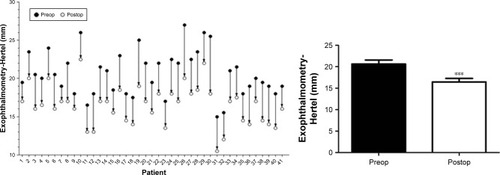
Figure 6 Reduction of proptosis obtained in 41 operations.
Abbreviation: CT, computed tomography.
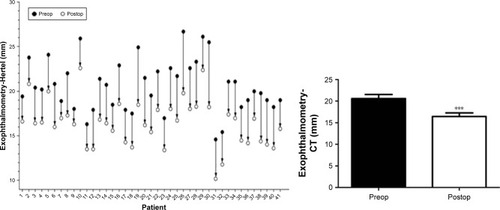
Figure 7 sQOL of visual function questionnaire.
Abbreviations: sQOL -VF, score of quality of life of visual function; ns, not significant.
